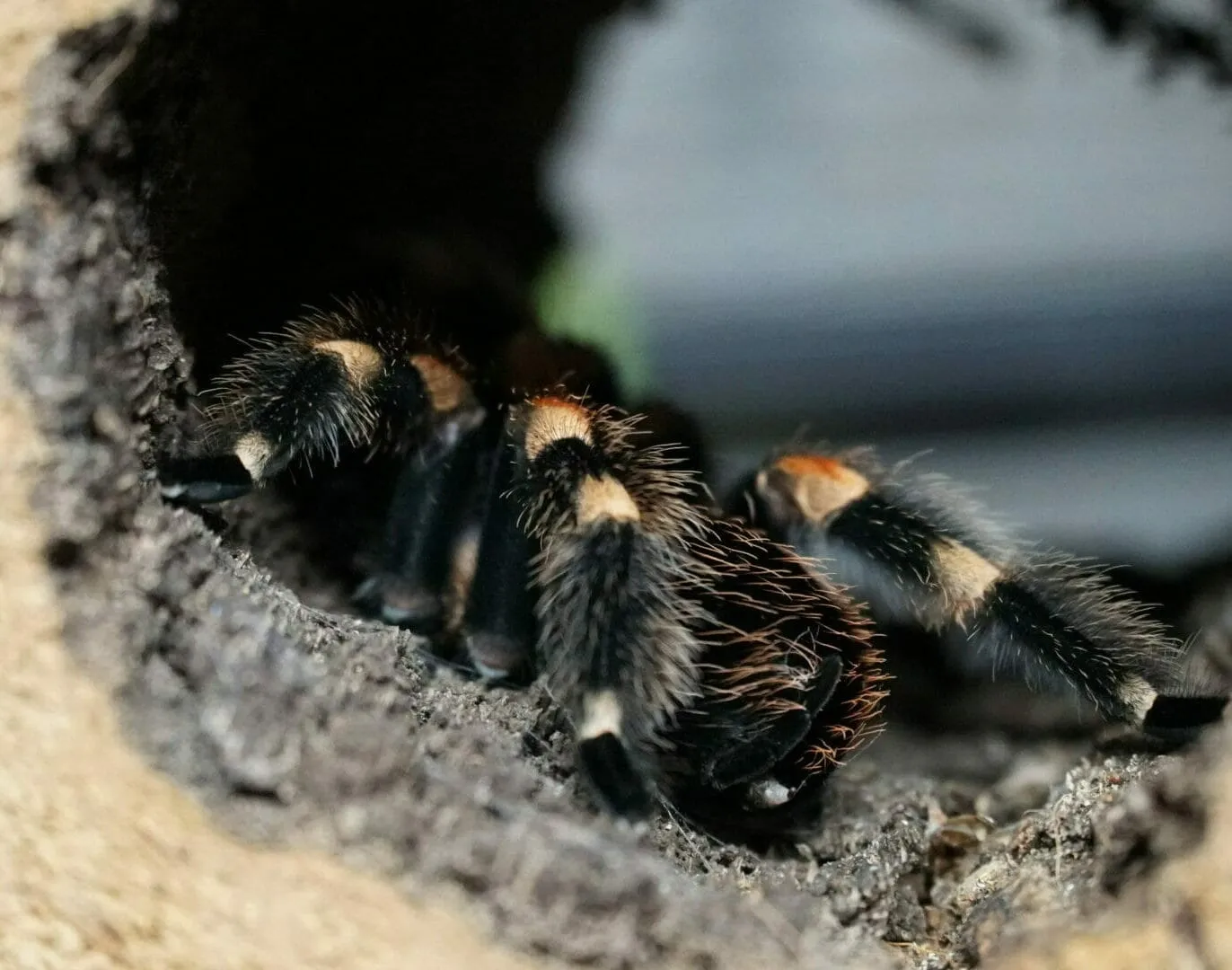Choosing the Right Enclosure
Setting up a proper habitat is crucial for the health and well-being of your Mexican Red Knee Tarantula (Brachypelma hamorii). The enclosure serves as the tarantula’s home, providing shelter, regulating temperature and humidity, and allowing for natural behaviors. A well-designed habitat reduces stress on the tarantula, which can lead to a longer, healthier life. Choosing the right enclosure is the first and most important step. Consider the size and material of the enclosure, ensuring it meets the specific needs of this beautiful species. A poorly chosen enclosure can lead to various health problems, including molting issues and overall stress, so take your time and research the best setup.
Size and Material Considerations
When selecting an enclosure, several factors come into play. Size is perhaps the most critical aspect, with material also playing a significant role in maintaining the proper environment. The enclosure should be large enough for the tarantula to move comfortably, molt, and feel secure. The material should retain humidity and temperature, be easy to clean, and provide a clear view of your pet. The best setups balance aesthetics, functionality, and safety, creating an ideal environment for your tarantula to thrive.
Ideal Enclosure Size for a Mexican Red Knee Tarantula
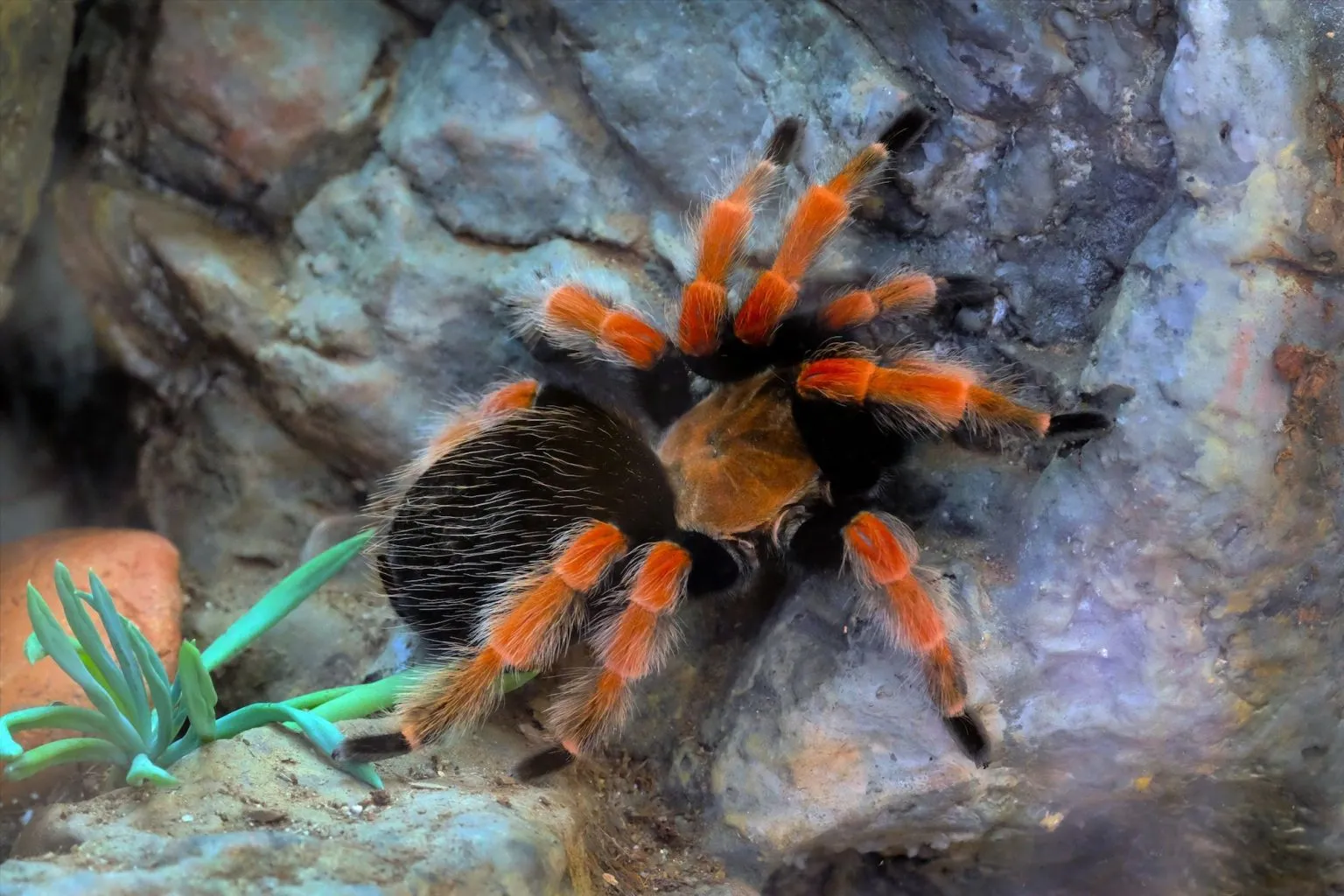
For a juvenile Mexican Red Knee Tarantula, a 5-10 gallon enclosure (approximately 10x10x12 inches) is usually sufficient. As your tarantula grows, you will need to upgrade the enclosure. For an adult, a 20-gallon long terrarium (approximately 30x12x12 inches) or larger is recommended. This provides ample space for burrowing, movement, and proper ventilation. Ensure the enclosure is escape-proof, with a secure lid or top. Overcrowding can stress the tarantula and may lead to cannibalism, especially with multiple tarantulas housed together, which is generally not recommended.
Types of Enclosure Materials
Glass and acrylic are the most popular enclosure materials. Glass enclosures are durable, easy to clean, and provide excellent visibility. However, they can be heavy and may not retain heat as well as acrylic. Acrylic enclosures are lighter, offer better insulation, and are less prone to shattering. They may scratch more easily than glass, however. Both materials are readily available and can be found at most pet stores or online. Ensure that the material is non-toxic and safe for your tarantula.
Substrate Selection and Setup
The substrate is the bedding material at the bottom of the enclosure, which serves multiple purposes. It provides a comfortable surface for the tarantula, helps regulate humidity, and allows for burrowing. Choosing the correct substrate and setting it up properly is critical for maintaining a healthy environment. The substrate should be able to absorb moisture and allow the tarantula to engage in its natural burrowing behavior. A properly chosen substrate can contribute significantly to the tarantula’s overall well-being.
Best Substrate Options for Mexican Red Knees
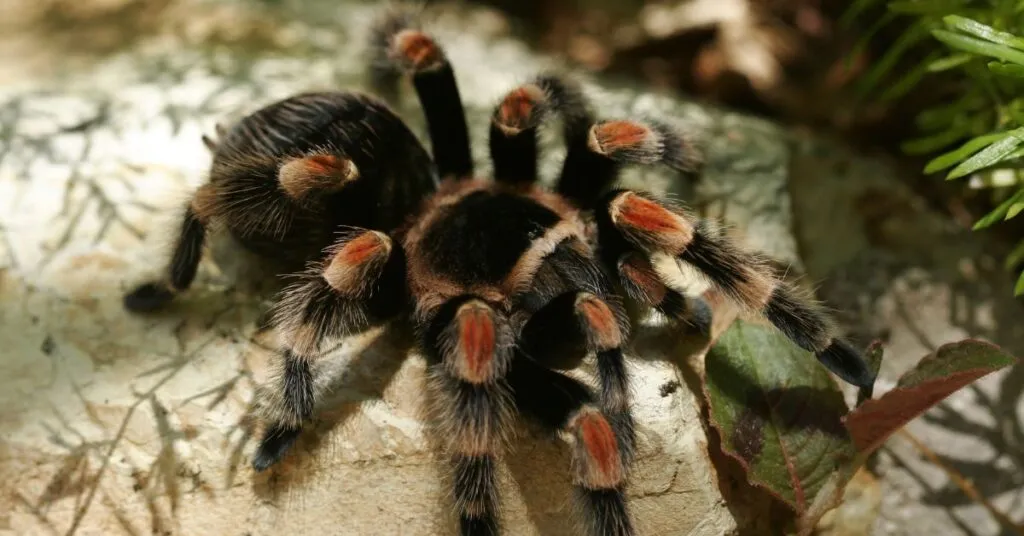
A good substrate should retain moisture without becoming waterlogged. Excellent options include a mixture of: coconut fiber (eco earth), peat moss, and a small amount of vermiculite or sphagnum moss. This combination provides good moisture retention and allows for burrowing. Avoid substrates that can mold easily or are dusty. Some keepers also use a layer of bioactive substrate, which includes beneficial bacteria and microfauna that help break down waste, promoting a cleaner and more natural environment. Make sure that any substrate you use is free from pesticides or other harmful chemicals.
How to Properly Layer the Substrate
The depth of the substrate depends on the size of your tarantula. For juveniles, 3-4 inches is generally sufficient. For adults, you should use 4-6 inches to allow for proper burrowing. Start by layering the substrate evenly across the bottom of the enclosure. Lightly mist the substrate to achieve the desired humidity level. It should be damp but not saturated. Monitor the moisture level regularly and adjust as needed. Avoid over-watering, which can lead to mold growth. Providing a gradient from drier to more moist areas can benefit your tarantula.
Creating a Proper Hiding Place
Mexican Red Knee Tarantulas are burrowing species that also appreciate having a secure place to hide. Providing a suitable hiding place helps the tarantula feel safe and reduces stress. This is particularly important during molting, when they are vulnerable. A well-designed hideout should mimic their natural environment. A proper hiding spot is essential to your tarantula’s overall well-being, creating a secure and comfortable living space. The hideout provides privacy, helping the tarantula feel secure and reduce stress.
Importance of Hiding Spots
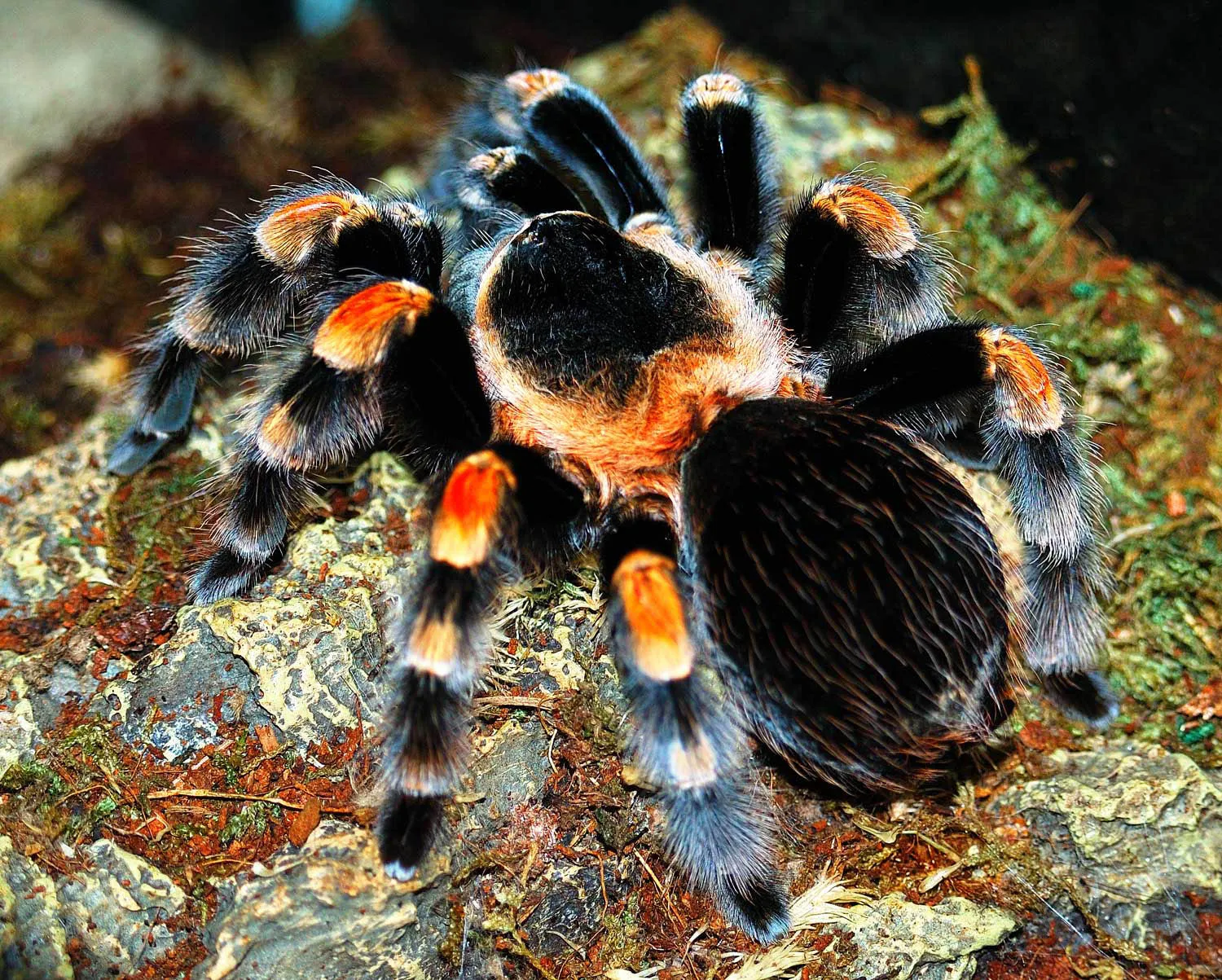
Tarantulas feel most secure when they have a place to retreat to. Hiding spots allow them to regulate their exposure to light and temperature, and they are crucial during molting. Molting is a vulnerable time for tarantulas, and a secure hideout can protect them from predators or perceived threats. A hiding spot also reduces stress, which can lead to increased appetite and overall better health. Without a secure hiding spot, a tarantula may become stressed, which can lead to behavioral problems and health complications.
Types of Hiding Structures
Many options are available for creating a hiding spot. These include: cork bark, half logs, artificial caves, and even commercially available tarantula hides. Choose a hideout that is appropriate for the size of your tarantula. The hideout should be large enough for the tarantula to fit inside comfortably but not so large that it feels exposed. Make sure that the hideout is stable and does not pose any risk of injury. The best hides provide darkness and security, allowing the tarantula to feel safe and at ease.
Humidity and Temperature Control
Maintaining proper humidity and temperature levels is vital for the health and survival of your Mexican Red Knee Tarantula. These conditions directly impact their ability to molt, feed, and thrive. Failing to maintain proper humidity and temperature can lead to various health issues. Regular monitoring and adjustments are necessary to ensure that your tarantula is living in an optimal environment.
Maintaining Optimal Humidity Levels
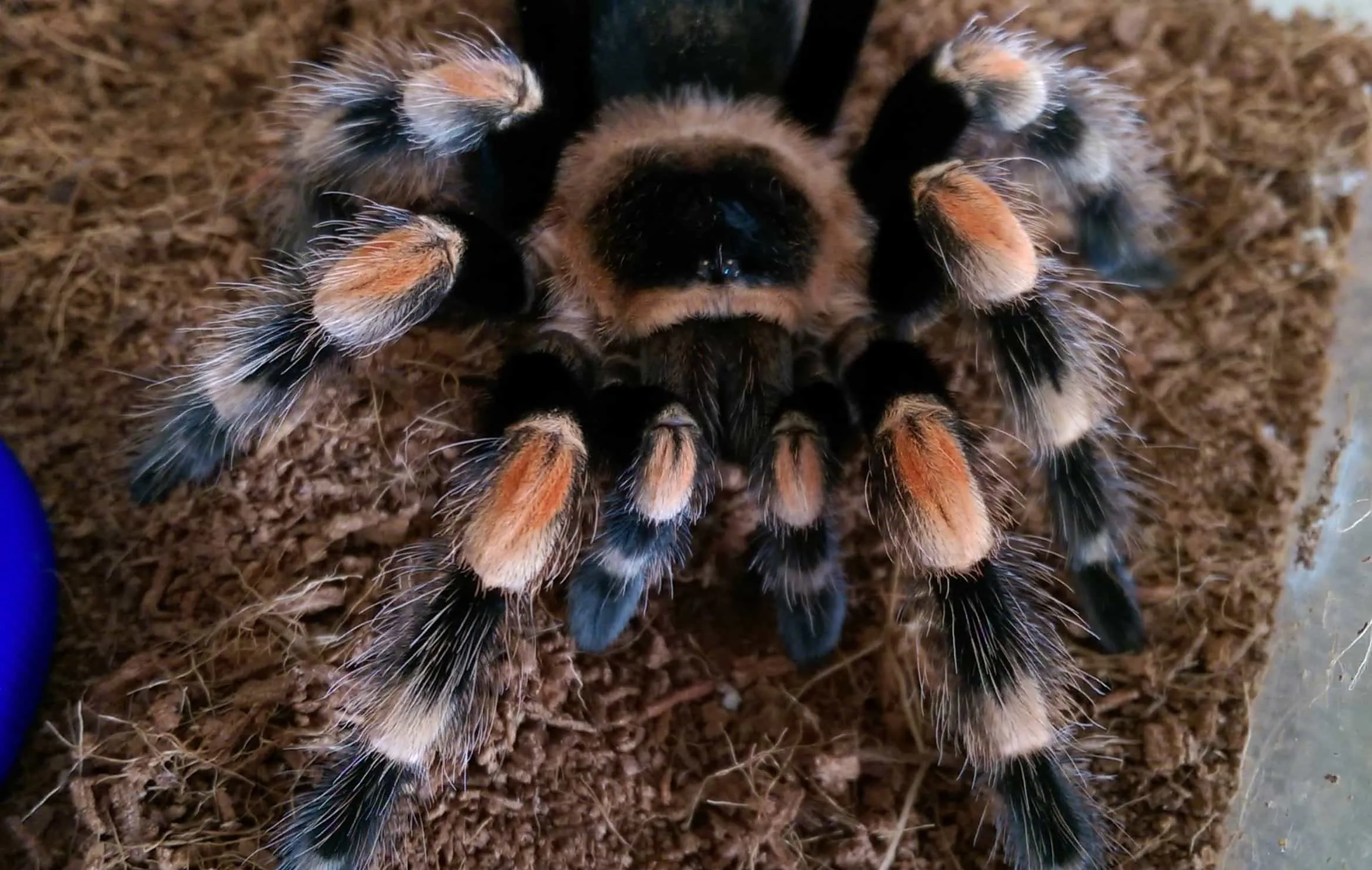
Mexican Red Knees thrive in a moderate humidity environment, typically around 60-70%. To maintain this humidity, mist the substrate with water every few days, or as needed, to keep it slightly moist. Avoid oversaturating the substrate, which can lead to mold and health problems. Ventilation is also essential. Ensure that the enclosure has adequate ventilation to prevent the buildup of excessive moisture. A hygrometer is a useful tool for measuring humidity levels accurately, allowing you to make adjustments as necessary. If the humidity is too low, mist the enclosure more frequently, and if it’s too high, improve ventilation.
Maintaining Optimal Temperature Levels
The ideal temperature range for a Mexican Red Knee Tarantula is between 75-85°F (24-29°C). Maintaining a consistent temperature is key to their health and activity levels. Avoid placing the enclosure in direct sunlight or near heat sources, as this can cause temperature fluctuations. You can use a heat mat or ceramic heat emitter (with a thermostat) to provide supplemental heating if necessary. However, avoid using incandescent light bulbs as they can dry out the enclosure. Monitor the temperature regularly using a thermometer placed inside the enclosure, and adjust the heating source accordingly to maintain the desired temperature range.
Water and Feeding Setup
Providing access to fresh water and proper feeding is essential for your tarantula’s health and well-being. These needs, when correctly addressed, support hydration, digestion, and overall vitality. A well-balanced diet and a constant supply of fresh water contribute to a thriving tarantula. Proper water and feeding setups are vital components of a comprehensive care routine, supporting your tarantula’s long-term health and happiness.
Water Dish Placement and Size
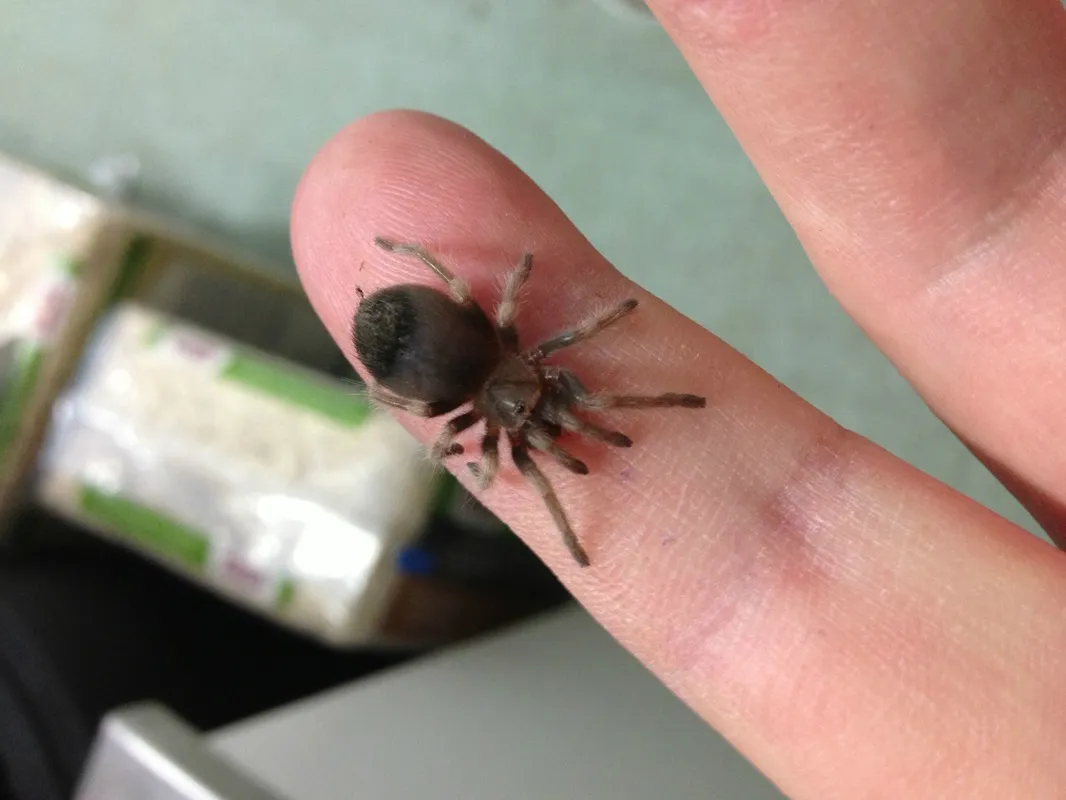
Provide a shallow water dish that is easily accessible. The dish should be large enough for the tarantula to drink from but shallow enough to prevent drowning. Use a water dish made of a non-toxic material. You can use a bottle cap, a small ceramic dish, or a commercially available water dish. Always keep the water dish clean and filled with fresh water. Change the water frequently to prevent the growth of bacteria. It is also advisable to use a water gel for juveniles to prevent drowning.
Feeding Frequency and Prey Selection
Mexican Red Knees are opportunistic feeders. Feed juveniles 1-2 times per week, and adults can be fed every 1-2 weeks, depending on their size and appetite. The primary food source should be insects such as crickets, roaches, or mealworms. The size of the prey should be appropriate for the size of the tarantula. Generally, the prey should be no larger than the tarantula’s abdomen. Remove any uneaten prey within 24 hours to prevent stress on the tarantula and to prevent the prey from bothering the tarantula during a molt. Ensure that the insects are gut-loaded (fed a nutritious diet) before feeding them to your tarantula. This will provide your tarantula with essential nutrients.
Decorating the Habitat
Adding decorations to the habitat enhances its aesthetic appeal and provides enrichment for the tarantula. While not strictly necessary, decorations can improve the overall living environment. When selecting decorations, choose items that are safe, non-toxic, and do not pose a risk of injury. The right decorations create a more natural and stimulating environment for your tarantula. They also add visual interest and complexity to the enclosure, contributing to the tarantula’s well-being.
Adding Safe Decorations
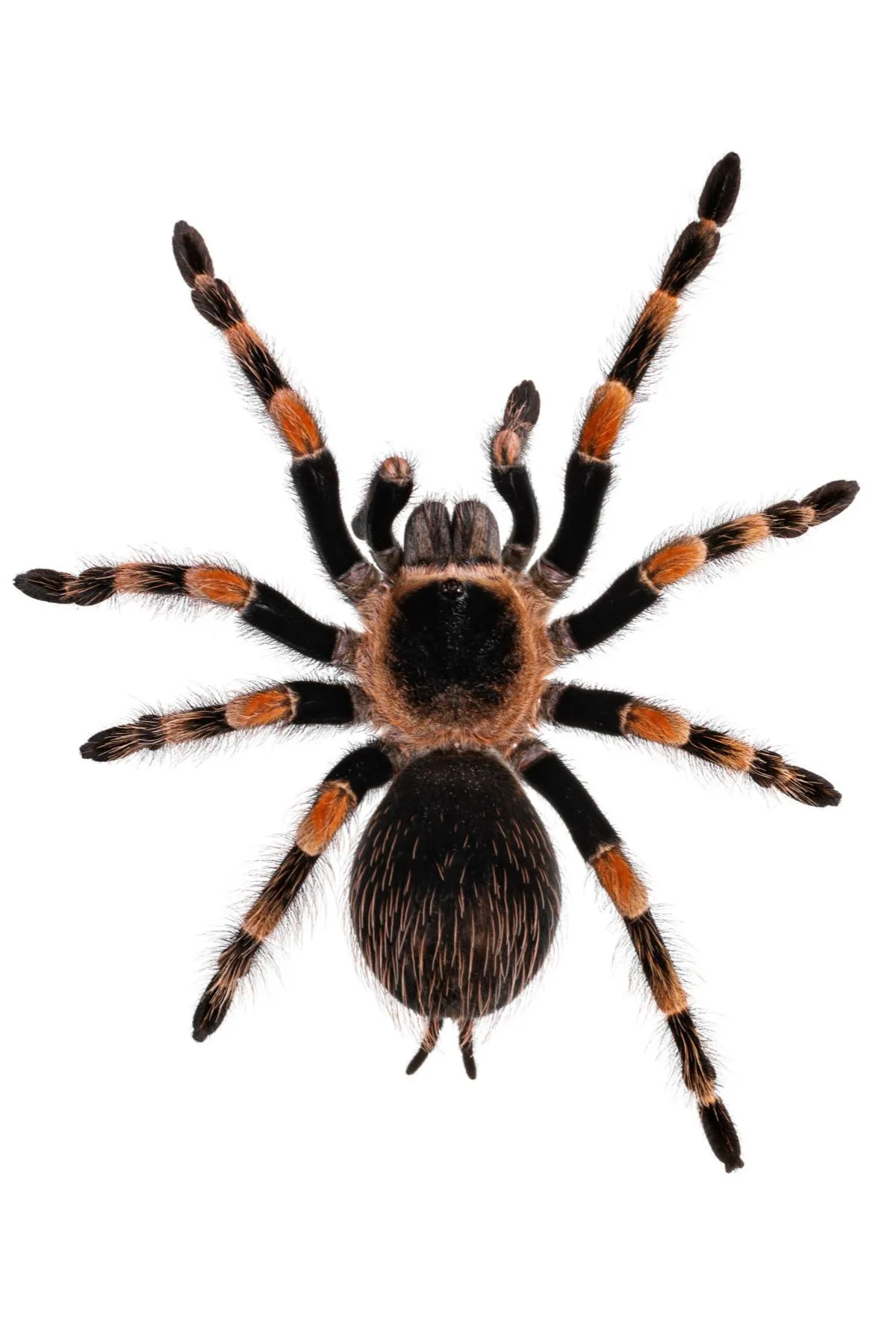
Good choices for decorations include: cork bark, artificial plants, smooth rocks, and driftwood. These items provide hiding places, climbing structures, and visual interest. Ensure that all decorations are clean and free from sharp edges or potential hazards. Secure any decorations that could potentially fall and injure the tarantula. Consider the tarantula’s size and activity level when choosing decorations, and avoid overcrowding the enclosure.
Avoiding Harmful Decorations
Avoid using decorations that can be toxic, such as treated wood or chemically-treated items. Sharp objects, such as sharp rocks or pointed decorations, should also be avoided. Do not use decorations that can trap the tarantula or make it difficult for the tarantula to move around freely. Before adding any decoration, research its safety. Always prioritize the safety and well-being of the tarantula. Prioritizing safety helps ensure a healthy and stress-free life for your pet.
Maintaining the Habitat
Regular maintenance is essential for keeping the habitat clean and healthy. This includes removing waste, cleaning the enclosure, and ensuring the substrate remains in good condition. A well-maintained habitat minimizes the risk of disease and provides a comfortable and stimulating environment for your tarantula. Regular cleaning helps prevent the buildup of bacteria and promotes overall health. Keeping the habitat clean is a crucial aspect of tarantula care.
Cleaning and Maintenance Schedule
Spot clean the enclosure weekly, removing any uneaten food, molted skin, or other waste. Replace the water dish and refill with fresh water. Replace the substrate partially or completely every 6-12 months, depending on the conditions. A full substrate change is usually necessary to prevent the buildup of harmful bacteria and maintain optimal humidity. Clean the enclosure itself with a mild soap and water solution. Rinse thoroughly to remove any residue. Regularly inspect the enclosure for any signs of wear or damage and repair or replace components as needed.
Signs of a Healthy Habitat
A healthy habitat provides the ideal environment for your Mexican Red Knee Tarantula. A healthy habitat is one where the tarantula is active, eating well, and shows no signs of stress. The substrate should be slightly damp and not moldy. The temperature and humidity levels should be within the recommended ranges. Regularly inspect the enclosure for any signs of problems. If the tarantula is active and molting regularly, it is an indicator of a healthy habitat. With proper care and setup, your tarantula can thrive.
